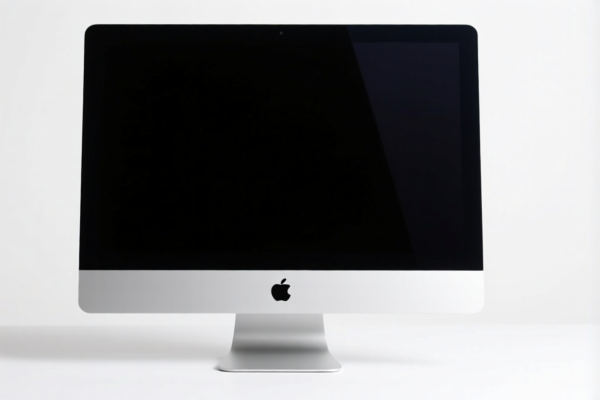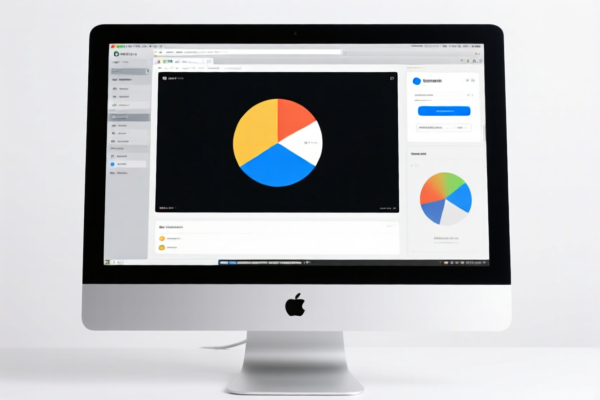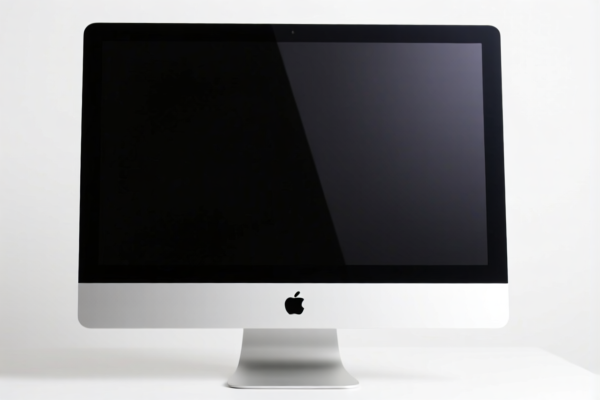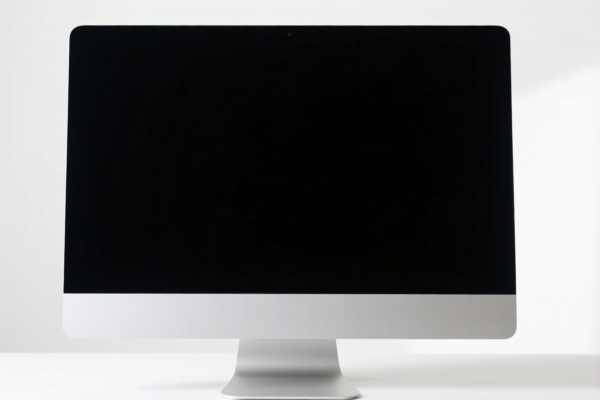| HS Code | Official Doc | Tariff Rate | Origin | Destination | Effective Date |
|---|---|---|---|---|---|
| 8527991000 | Doc | 30.0% | CN | US | 2025-05-12 |
| 8517690000 | Doc | 55.0% | CN | US | 2025-05-12 |
| 8517620090 | Doc | 30.0% | CN | US | 2025-05-12 |
| 9106906500 | Doc | 15¢ each + 2.3% + 0.8¢/jewel+55.0% | CN | US | 2025-05-12 |
| 9106907500 | Doc | 58.9% | CN | US | 2025-05-12 |
| 9114904000 | Doc | 46.3% | CN | US | 2025-05-12 |
| 9114905000 | Doc | 41.7% | CN | US | 2025-05-12 |




Baby Monitor
A baby monitor is a device used to remotely listen to and often visually observe a baby while they are sleeping or playing. It allows caregivers to attend to other tasks while keeping an eye – and ear – on the child.
Material
Baby monitors are constructed from a variety of materials, dependent on the specific type and features. Common materials include:
- Plastic: Housings for both the parent and baby units are typically made of ABS plastic or similar durable polymers.
- Electronics: Internal components consist of microphones, speakers, cameras (in video monitors), circuit boards, antennas, and power supplies.
- Metal: Metal shielding may be used within the units to minimize interference.
- LCD/LED Screens: Video monitors utilize LCD or LED screens for displaying the video feed.
- Batteries: Many units incorporate rechargeable batteries for portability.
Purpose
The primary purpose of a baby monitor is to provide peace of mind to caregivers by enabling remote monitoring of a baby. This allows parents or guardians to:
- Ensure Safety: Detect if the baby is in distress, awake, or has left a safe sleep area.
- Respond Quickly: React promptly to the baby’s needs without constant physical presence.
- Maintain Independence: Allow caregivers to perform household tasks or other activities while staying aware of the baby’s condition.
Function
Baby monitors function by transmitting audio and/or video signals from the baby unit to the parent unit. The core functionalities include:
- Audio Transmission: Captures sounds from the baby’s environment and transmits them to the parent unit.
- Video Transmission: (In video monitors) Captures live video footage of the baby and transmits it to the parent unit.
- Two-Way Communication: Some models allow caregivers to speak to the baby remotely.
- Alerts & Notifications: Many monitors feature alerts for sounds, movement, temperature changes, or when the baby leaves a designated safe zone.
- Connectivity: Modern monitors often connect to Wi-Fi for smartphone app integration, remote viewing, and recording capabilities.
Usage Scenarios
Baby monitors are used in a wide range of scenarios, including:
- Nursery Monitoring: The most common use, allowing parents to monitor the baby while they sleep in their crib.
- Naptime Monitoring: Monitoring the baby during daytime naps.
- Multi-Level Homes: Enabling monitoring from different floors of a house.
- Travel: Portable monitors can be used to monitor the baby while traveling.
- Special Needs Monitoring: Providing increased vigilance for babies with medical conditions or specific needs.
Common Types
Baby monitors are categorized into several types based on their technology and features:
- Audio Monitors: Transmit only audio signals. These are typically more affordable and simpler to use. They operate on analog frequencies.
- Video Monitors: Transmit both audio and video signals. These provide a visual feed of the baby.
- Analog Video Monitors: Older technology, susceptible to interference.
- Digital Video Monitors: Offer clearer audio and video, with encrypted signals to prevent interference.
- Wi-Fi Video Monitors: Connect to home Wi-Fi networks, allowing remote viewing via smartphone apps. These often include features like pan/tilt/zoom, night vision, and motion detection.
- Smart Monitors: Advanced monitors with features like sleep tracking, room temperature monitoring, and integration with other smart home devices. They usually require a smartphone app and internet connection.
- Wearable Monitors: These monitors consist of a sensor that attaches to the baby’s clothing and tracks vital signs like heart rate and breathing. They send alerts to the parent unit if any abnormalities are detected.
Baby monitors are reception apparatus for radiobroadcasting, often consisting of a radio transmitter, an electrical adapter, and a radio receiver packaged together. They are used for monitoring infants.
The following HS codes are relevant:
- 8527991000: This HS code falls under Chapter 85 (Electrical machinery and equipment). Specifically, it covers reception apparatus for radiobroadcasting, whether or not combined with sound recording or reproducing apparatus or a clock. The '99' subheading indicates 'other' reception apparatus, and '1000' further specifies infant nursery monitor systems.
- Chapter 85: Electrical machinery and equipment.
- Heading 8527: Reception apparatus for radiobroadcasting.
- Subheading 852799: Other reception apparatus.
- 8527991000: Infant nursery monitor systems.
- Tax Details: Base tariff is 0.0%, additional tariff is 0.0%, and a 30% additional tariff applies after April 2, 2025. Total tariff is 30.0%.
Regarding HS code 8527991000, please note that the additional tariff will increase to 30% after April 2, 2025.
Customer Reviews
No reviews yet.